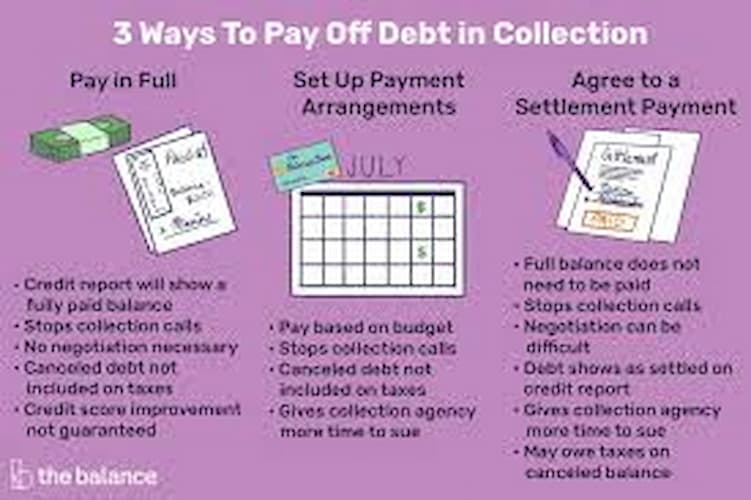Removing paid collections from your credit report can be a crucial step in improving your credit score and overall financial health. While paid collections can still impact your credit for up to seven years, there are several strategies you can use to try and remove them sooner. This guide will walk you through the process step-by-step in simple language, ensuring you understand each step clearly.
Tools You Might Need:
- Your credit reports from Experian, Equifax, and TransUnion
- Proof of payment (canceled checks, bank statements, receipts)
- A computer or smartphone to access online resources
- Patience and persistence
Steps to Remove Paid Collections:

- Review Your Credit Reports: Start by obtaining your credit reports from the three major credit bureaus: Experian, Equifax, and TransUnion. You can get a free copy of your credit report from AnnualCreditReport.com. Review each report carefully to identify any paid collections1.
- Verify the Accuracy of the Collection: Ensure that the collection account is accurate. Check the details such as the original creditor, the collection agency, and the payment status1. If you find any inaccuracies, gather your proof of payment, including canceled checks, bank statements, or receipts.
- Contact the Collection Agency: Reach out to the collection agency that reported the paid collection. You can do this via phone or by sending a written request2. Politely ask if they can remove the collection from your credit report as a gesture of goodwill. Explain any extenuating circumstances that led to the delinquency, such as illness or job loss3.
- Request a Pay-for-Delete Agreement: In some cases, you can negotiate a pay-for-delete agreement with the collection agency. This agreement involves paying off the debt in exchange for the agency removing the collection from your credit report4. Make sure to get any agreement in writing before making the payment.
- Dispute Inaccurate Information with Credit Bureaus: If the collection agency refuses to remove the collection, you can dispute the information with the credit bureaus. File a dispute with each bureau that lists the paid collection1. Provide them with your proof of payment and any correspondence with the collection agency.
- Follow Up: After filing a dispute, follow up with the credit bureaus to ensure they are processing your request. Keep records of your communications and any responses you receive.
- Wait for the Collection to Fall Off: If all else fails, you may need to wait for the collection to fall off your credit report naturally. Paid collections typically remain on your credit report for seven years from the date of the first delinquency3. Over time, the impact of the collection on your credit score will diminish